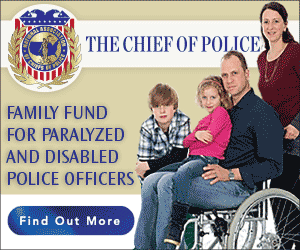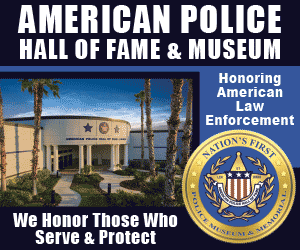Law enforcement professionals protect and serve as ethical guardians of democracy for our communities.
The challenges to their profession are daunting. We continually witness accelerating violence, apathy, distrust, cynicism and callousness throughout society.
Another challenge is when these numerous issues merge into a mass demonstration.
The preparation and management of demonstrations demand visionary leadership as well as vigilance and collaboration.
These principles serve the interests of public safety. They also serve constitutional policing, ensuring that rights are respected and unchecked emotions do not cause unnecessary havoc to communities.
Rethinking the Police Response to Mass Demonstrations
In February 2022, the Police Executive Research Forum (PERF) released a compelling document titled, “Rethinking the Police Response to Mass Demonstrations: 9 Recommendations.”
The report spotlights numerous issues critical to policing, especially with the thousands of demonstrations following the murder of George Floyd.
Yet, for the purpose of this article, and particularly because this report complements many years of my published works for The Chief of Police, the 55-page PERF will be summarized into a quick tip style format.
The two pillars of the report are based on these principles, seeking to bring police and community engagements to a new level:
1. “Police should invite community leaders to participate in police meetings and training sessions about planning the police response to demonstrations. These meetings should discuss the police response to demonstrations as a general matter, as well as planning for particular demonstrations.”
2. “Police should build trust during demonstrations by inviting community leaders who have strong credibility among the general public to serve as observers and partners on the streets.”
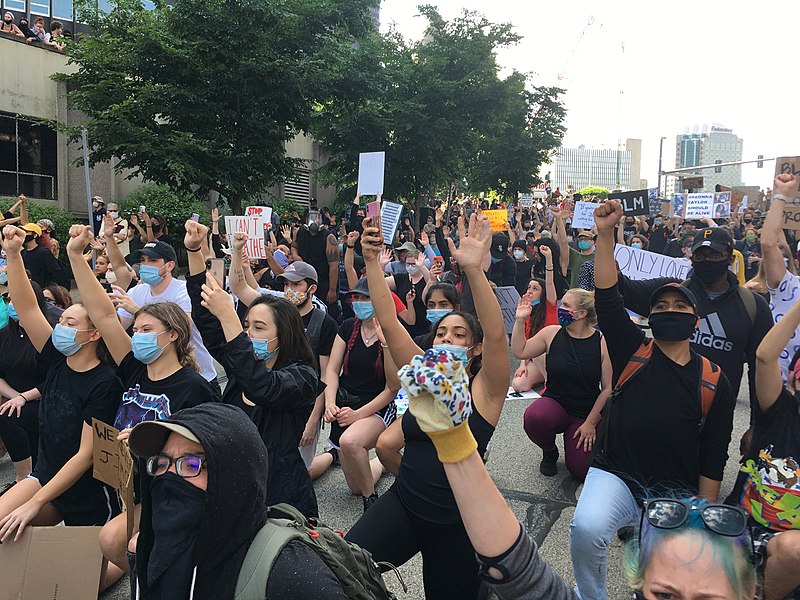
The report continues with nine recommendations as follows:
RECOMMENDATION 1:
“Rethink the role of community representatives before and during protests.”
“1A. Engage your community in discussions about all aspects of the police response to demonstrations, including key issues such as use of force, less-lethal force options, and how police make decisions in complex situations.”
“1B. Invite community members to observe and participate in training courses and tabletop exercises on the police response to demonstrations, and to provide input on policies.”
“1C. Train community leaders to be mediators and co-responders.”
“1D. Maintain daily incident reports, and share them with the public.”
“1E. Involve community representatives in after-action reviews after demonstrations have concluded.”
RECOMMENDATION 2:
“Ensure that internal communications can flow promptly and clearly, up and down the policing chain of command.”
“2A. Begin by highlighting that police should see their role as facilitating First Amendment rights, while ensuring public safety.”
“2B. Provide officers with clear guidelines for acceptable and unacceptable responses to protest behavior.”
“2C. Reinforce key messages during daily briefings and other recurring events.”
“2D. Ensure that officers on the ground are able to share information to inform high level decision-making as protests unfold.”
RECOMMENDATION 3:
“Train officers and supervisors adequately.”
“3A. Provide commanders with the necessary knowledge to coordinate a proportionate, effective police response to mass demonstrations.”
“3B. Train officers in crowd management strategies that facilitate peaceful protest.”
“3C. Train officers on how to handle demonstrations where violent offenders are intermixed with peaceful demonstrators.”
“3D. Emphasize de-escalation.”
“3E. Write clear, specific policies on the use of “less-lethal” tools, and provide training for officers, supervisors and commanders on how to implement the policies.
RECOMMENDATION 4:
“Re-engineering the guidelines for use of less-lethal weapons.”
“4A. Establish clear guidelines for when various types of less-lethal force are warranted or are prohibited, with details about their capabilities and limitations.”
“4B. The National Institute of Justice, the research arm of the U.S. Department of Justice, and academic experts should assist the policing profession by conducting a wide range of new research on less-lethal tools. NIJ and academics should aim to provide concrete information about the capabilities and limitations of each tool, as well as recommendations about whether and how each type of tool should be used in various circumstances.”
“4C. State in policy who is authorized to make the decision to use each type of less-lethal force.”
“4E. Require the use of body-worn cameras when deploying less-lethal force.”
“4F. Discuss the use of less-lethal tools with your community.”
RECOMMENDATION 5:
“Warn demonstrators before deploying any less-lethal force, and provide clear instructions for the demonstrators’ response.”
“5A. Establish clear scripts ahead of time.”
“5B. Try to ensure that all warnings are audible to all demonstrators.”
“5C. Give demonstrators clear, reasonable instructions, and provide adequate time to react.”
“5D. Play warnings in multiple languages.”
RECOMMENDATION 6:
“Minimize the use of mass arrests.”
“6A. Avoid the use of mass arrests whenever possible.”
“6B. Plan adequately for mass arrests in case they become unavoidable.”
RECOMMENDATION 7:
“Prepare and activate mutual aid agreements.”
“7A. Ensure that mutual aid agreements are specific and clear.”
“7B. Have ongoing discussions with mutual aid agencies about response protocols.”
“7C. Conduct tabletop exercises or other training with mutual aid partners.”
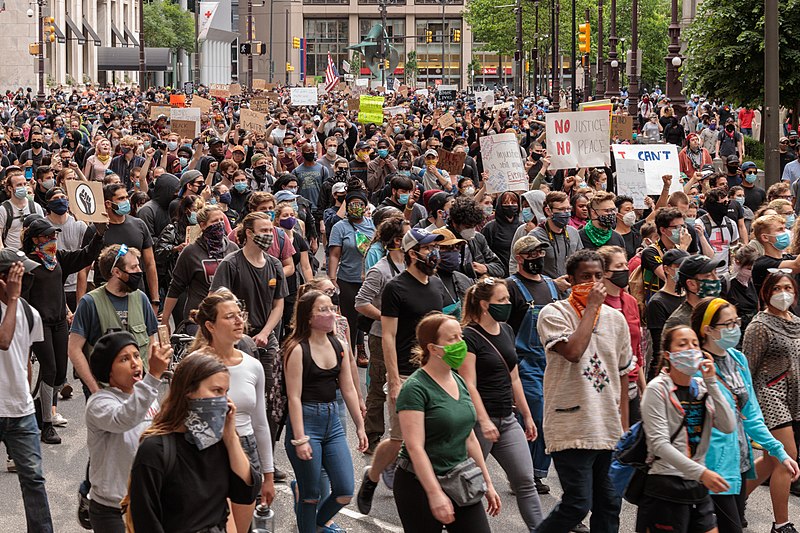
RECOMMENDATION 8:
“Prioritize officer safety, health, and wellness.”
“8A. Don’t neglect the basics, such as providing officers with access to food and water.”
“8B. Issue adequate personal protection equipment.”
“8C. Keep riot gear out of sight.”
“8D. Plan for adequate rest time and incorporate mental health considerations into risk assessments before mass demonstrations.”
“8E. Teach officers techniques for protecting their own emotional well-being.”
“8F. Provide access to wellness support programs after mass demonstrations have concluded.”
RECOMMENDATION 9:
“Ensure ongoing, robust review of policing practices.”
“9A. Debrief notable events at the end of shifts.”
“9B. Conduct timely internal reviews of body-worn camera footage, use-of force reports, and other materials to understand what went well and what can be improved.”
“9C. Invite community representatives to discuss their perspectives with police leaders after demonstrations have concluded.”
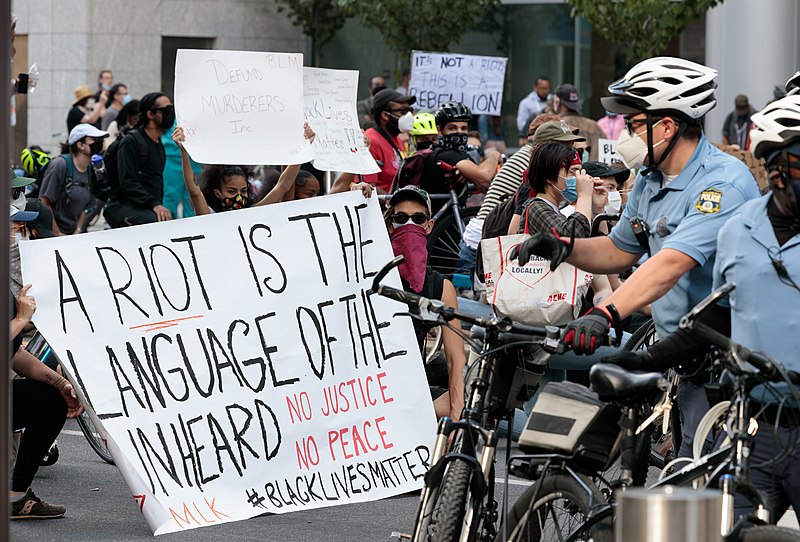
Final Reflections
In my cover story for The Chief of Police, Summer 2015, titled “Principles of American Policing,” I stressed these first three of nine principles to build bridges of trust between the police and community.
They are being noted here because of their complimentary character with the PERF document:
1. Being pro-police and pro-community is inseparable, indefatigable and preeminent. Police must at all times remain fully committed to protecting and serving the public through character, ethics, and leadership that is total and whole-hearted. Police must be guided by a moral compass that honors the community, Constitution, and Bill of Rights.
2. Respect must be the heart of the police, and it must be unwavering for the profession, colleagues and community. Respect can only be earned through integrity, accountability, and transparency. These qualities build trust, legitimacy and collaboration.
3. Police deserve that every level of government provide the resources necessary for proper police staffing, training and community service.
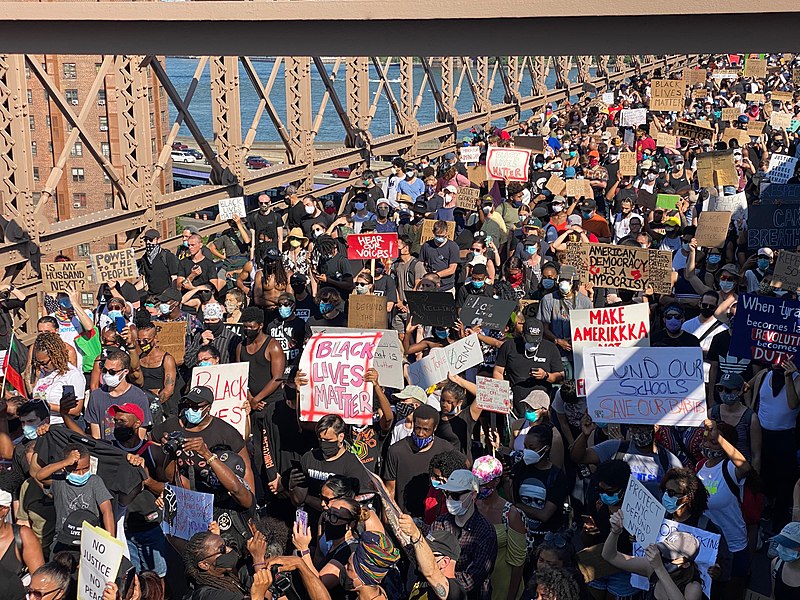
Law enforcement will rise to the occasion with the moral courage to find the way to continually enhance its profession during these challenging times.
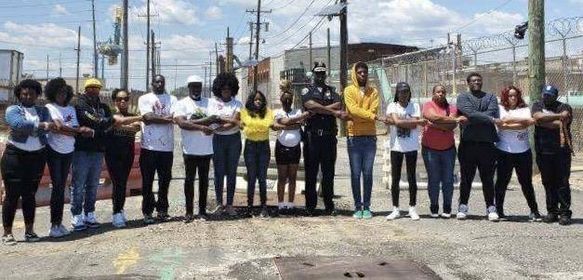
WHO CAME TOGETHER TO HONOR GEORGE FLOYD IN 2020
Our police deserve an ironclad collaboration from all of those privileged to call America home. We must continually work together to find new ways to build bridges of trust to better safeguard our communities, as failure is not an option.


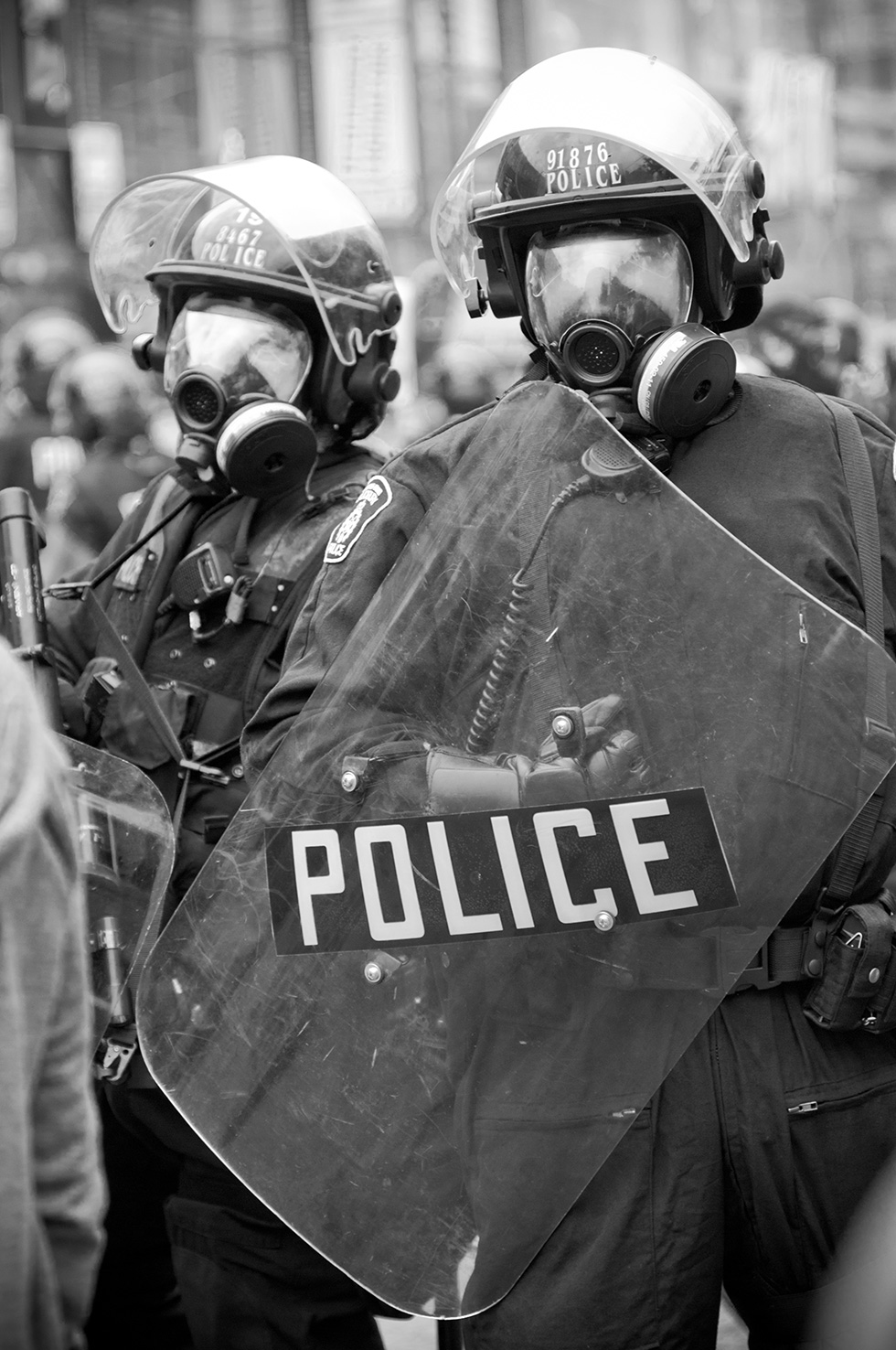
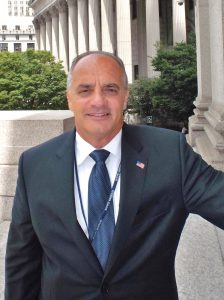 About the Author: Vincent J. Bove, CPP, is a national speaker and author on issues critical to America with over 300 published works. Bove is recipient of the FBI Director’s Community Leadership Award and former confidant of the New York Yankees. He is co-founder of Global Security Resolutions and served as spokesperson for a coalition of Virginia Tech tragedy families of victims. His most recent books are “Reawakening America” and “Listen To Their Cries.”
About the Author: Vincent J. Bove, CPP, is a national speaker and author on issues critical to America with over 300 published works. Bove is recipient of the FBI Director’s Community Leadership Award and former confidant of the New York Yankees. He is co-founder of Global Security Resolutions and served as spokesperson for a coalition of Virginia Tech tragedy families of victims. His most recent books are “Reawakening America” and “Listen To Their Cries.”